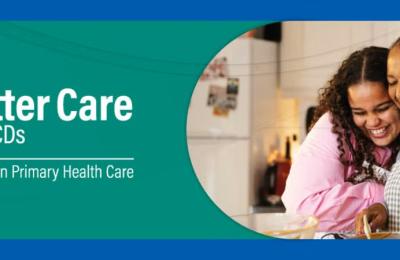Inequalities in income security in later age in Latin America
This paper examines inequalities in income security in later age. Three dimensions of inequality are considered: (i) inequalities in access to income support across countries and types of schemes; (ii) inequalities in the level of support within countries; and (iii) trends in gender inequality. Scheme stratification reinforces inequalities across socioeconomic groups and gender.













